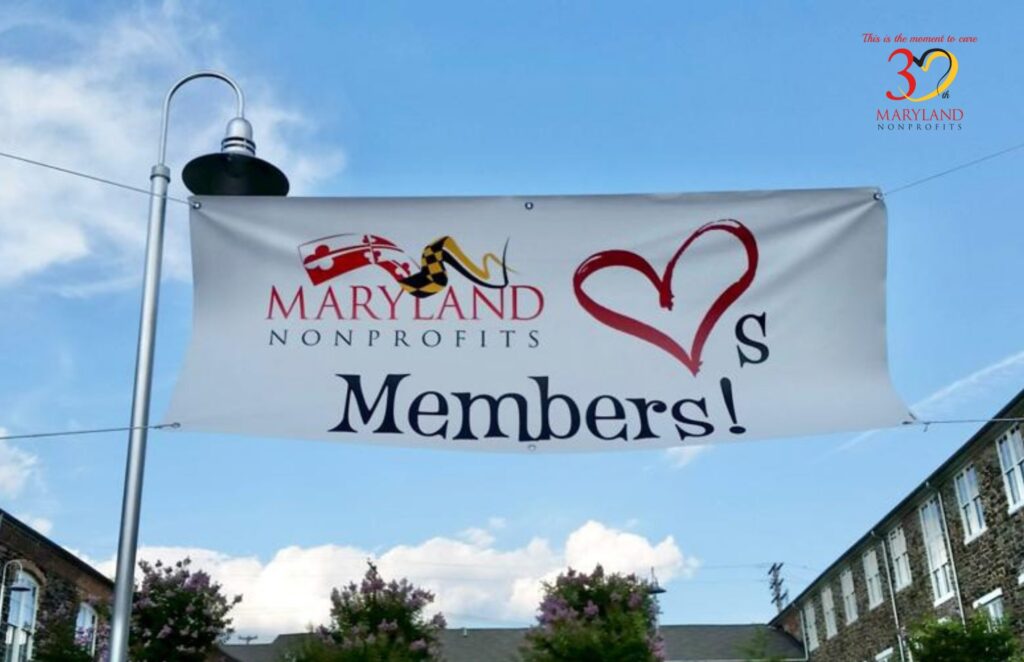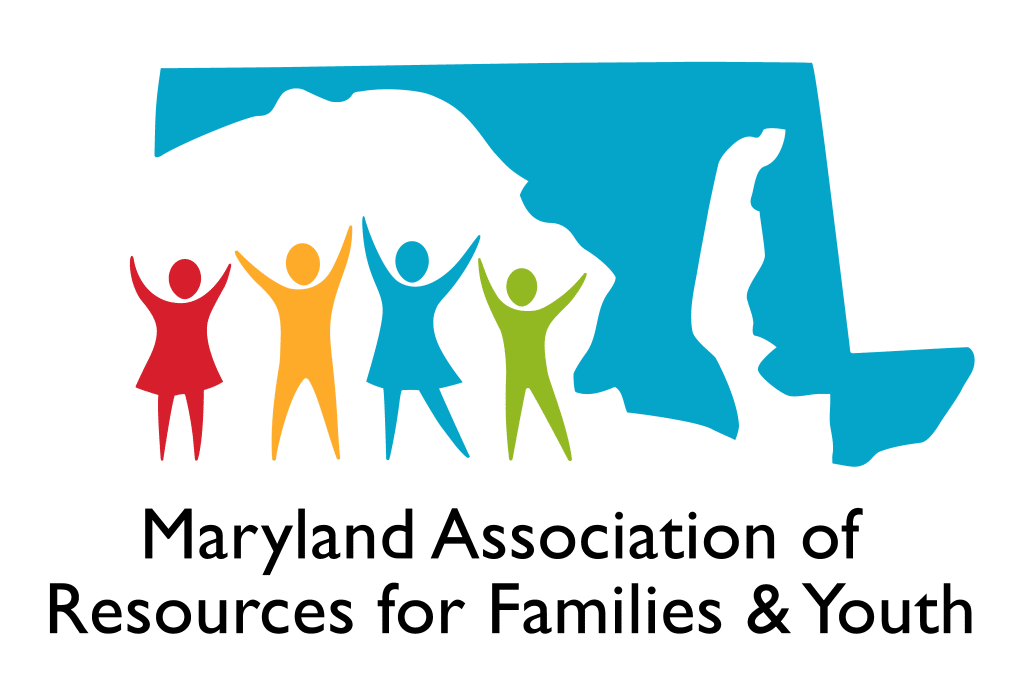By Debra Thompson, Strategy Solutions, Standards for Excellence Licensed Consultant
Read the original blog here.
 |
|
Debra Thompson is President of Strategy Solutions, Inc., an organizational development firm. For more than 20 years, Debra and her team have provided research, planning, training, and project management support for organizations and communities. She can be reached at www.getstrategy.com.
Standards for Excellence is pleased to bring you this article from Debra Thompson of Strategy Solutions, a Standards for Excellence Licensed Consultant.
To ensure long-term sustainability, organizations are beginning to explore or consider strategic partnerships and mergers. Is your organization:
-
Always in financial crisis or facing future funding cuts?
-
Looking for ways to lower costs, improve operations or increase capacity?
-
Seeking to grow as a result of a strategic planning process?
-
Struggling to recruit or retain staff or board talent?
-
Being asked to consider partnership or merger?
-
Nearing the retirement of the Executive Director without solid strategic and succession plans that explored partnership options for leadership and organizational sustainability?
If the answer to any of these questions is yes, then a strategic alliance, joint venture or merger should be considered as part of your long-term strategy. Board leadership includes recognizing that fiduciary responsibility includes sustaining the mission as long as the need exists. Organizations, even when facing financial crisis or dissolution should not operate as they have always done until they run out of money and are forced to close their doors, but should explore ways to ensure that the mission continues. Many nonprofit leaders have shied away from the “M” word fearing loss of identity, autonomy, control, or their jobs. However, following best practices, you can craft a successful alliance that achieves or exceeds expectations!
Before undertaking any thoughts of a strategic alliance or merger, the board’s first role is to articulate the goals and expected outcomes, first for the agency overall, then for a potential alliance. This includes conducting an internal self-assessment to determine what your organization brings to the table and if it is a good candidate for a partnership or merger as well as defining specific criteria for a successful relationship that can be used to evaluate various options. The board should be asking and answering questions like, “What do we want to accomplish? What are we looking for in a partner and how will we know that the partnership is successful?” before diving into any specific discussions. Clashing corporate cultures is one of the main reasons that mergers fail, so it is imperative to understand what you are looking for and identify potential partners with compatible core values and cultures. During these initial phases, the Executive Director’s role is to develop relationships, explore possibilities and to present ideas to the board for their strategic discussion.
According to a resource bulletin published by the Standards for Excellence Institute, “If a nonprofit organization is considering a strategic partnership, the board of directors has an important role in the consideration, fact finding, parameter setting, and ultimate approval of the strategic partnership. The level of board involvement is highly related to the autonomy retained by the organization in the partnership. For instance, sponsoring or marketing a common event is low on the spectrum in terms of how much board involvement is needed. On the other hand, an initiative involving combining advocacy or administrative efforts requires a higher degree of board commitment to review, approve, and monitor, and a merger needs the highest level of commitment from the board in preparing, researching, reviewing, approving, implementing monitoring, etc.” [1]
Once you start considering a specific agency that meets your criteria, the next step for the board is to pass a resolution authorizing a “collaboration committee.” This is a designated subcommittee of the board, including the executive director, who is authorized to negotiate on behalf of the agency, bringing wisdom and thoughtfulness to the process. David LaPiana, author of several books on nonprofit mergers, cautions not to “let unauthorized discussions among individuals (for example, the executive director or a small group of board members) proceed too long or too deep without taking the matter back to the entire board for consideration. Nothing can turn a board sour on a recommendation so quickly as feeling that the negotiations have already begun or they are being asked to act as a rubber stamp.”[2]
The collaboration committee discusses the issues to be negotiated, including confidentiality, a memorandum of understanding, the corporate structure, communications within the organizations and to the community, along with the specific components of the due diligence process, that culminates in the implementation plan. LaPiana also recommends the use of “rolling meeting minutes,” so that previous information is “all in one place” and available during meetings. Board members should also expect to review a projected business and financial plan for the entity, at least three years out.
“For organizations undergoing a merger, there are specific legal steps the organization should undertake regarding the organization’s corporate structure, some of which will be outlined in an organization’s bylaws and some of which are codified in state law. But, the board’s involvement in a strategic partnership does not end when the memorandum of understanding is signed or the merger documentation is filed. Rather, as part of its important planning and monitoring role, the board should continue to be involved in the process” [3] throughout the implementation.
Leadership means doing the “right things,” not the “easiest things.” Nonprofit leaders should not let fear or the perceived challenges associated with an alliance become a barrier to long term sustainability. Led by a committed board and with the assistance of a skilled facilitator to get you started if the task seems daunting, following these steps can result in a successful long term future.
[1] Strategic Partnerships: A Standards for Excellence® Educational Resource Bulletin (2014). Baltimore: The Standards for Excellence Institute. Page 7
[2] LaPiana, David, Harrington, Robert. (2008). The Nonprofit Mergers Workbook Part I. (4th edition). Nashville, TN: The Fieldstone Alliance Publishing Center. Page 81.
[3] A Standards for Excellence® Educational Resource Bulletin. Page 8.
 |
Standards for Excellence® Pass to Excellence is coming to Southern Maryland! |





